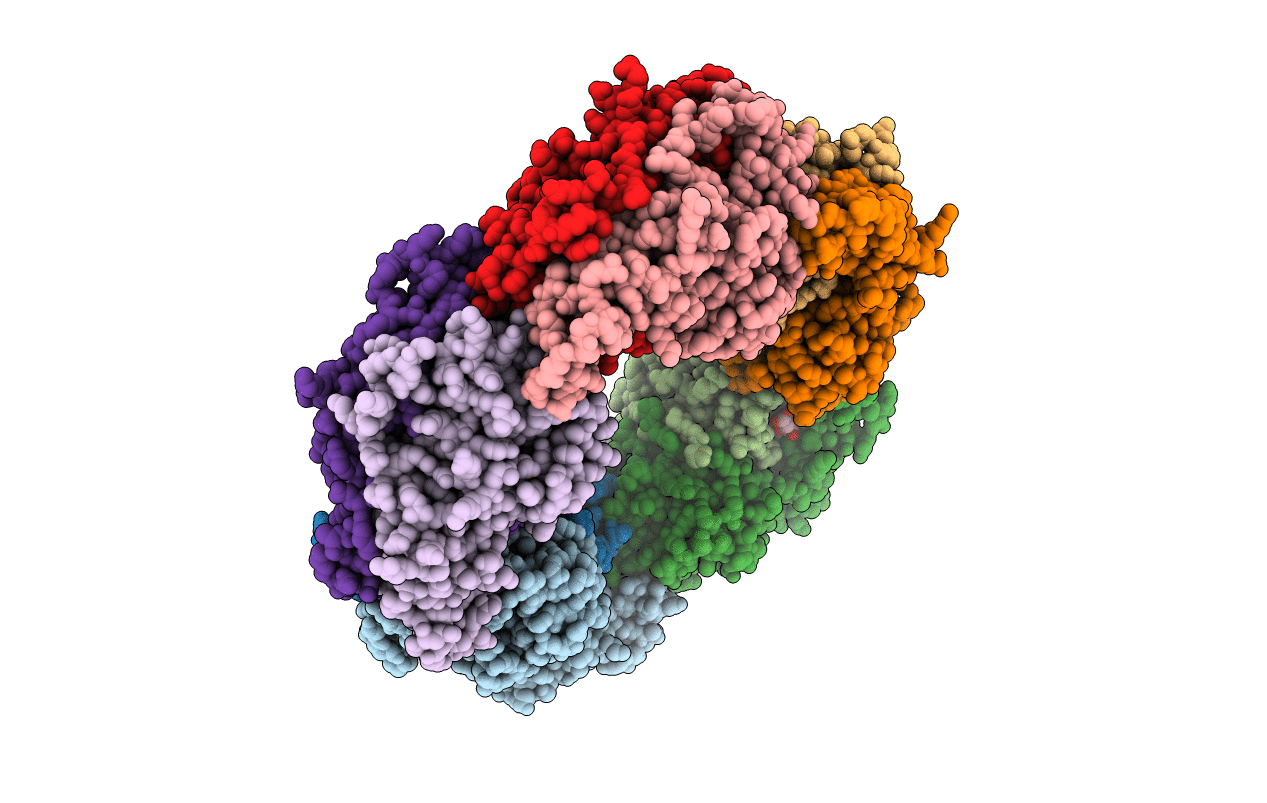
Deposition Date
2019-08-22
Release Date
2020-07-01
Last Version Date
2023-11-22
Entry Detail
PDB ID:
6KRK
Keywords:
Title:
Peroxiredoxin from Aeropyrum pernix K1 (ApPrx) 0Cys mutant
Biological Source:
Source Organism:
Aeropyrum pernix K1 (Taxon ID: 272557)
Host Organism:
Method Details:
Experimental Method:
Resolution:
1.80 Å
R-Value Free:
0.19
R-Value Work:
0.15
Space Group:
P 1


